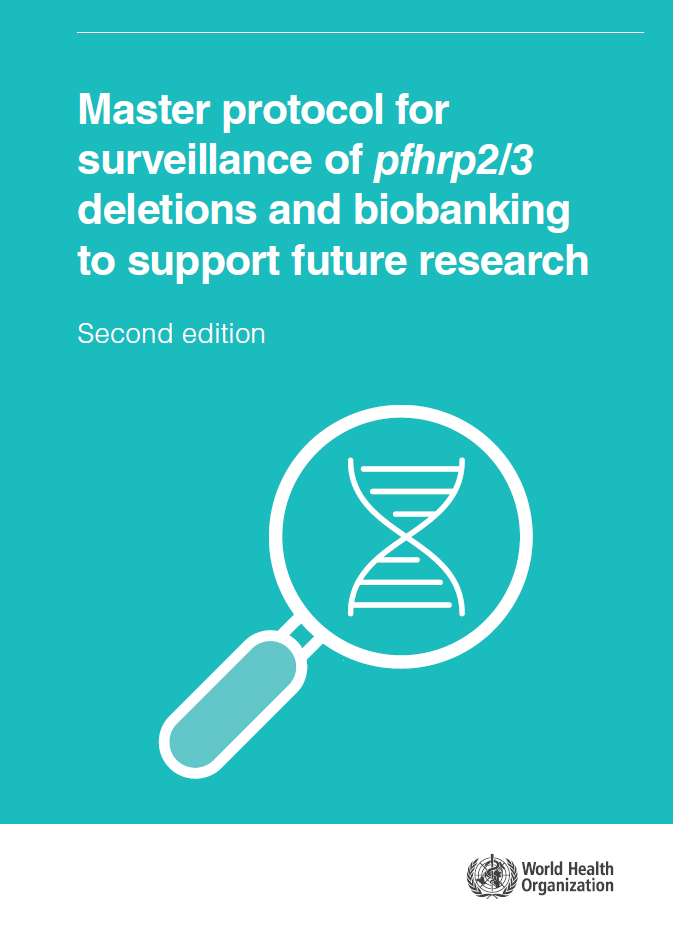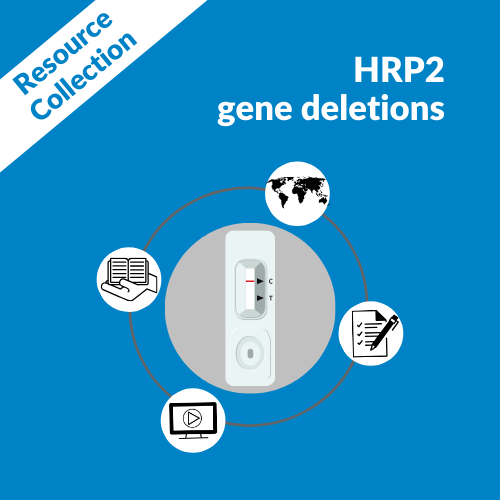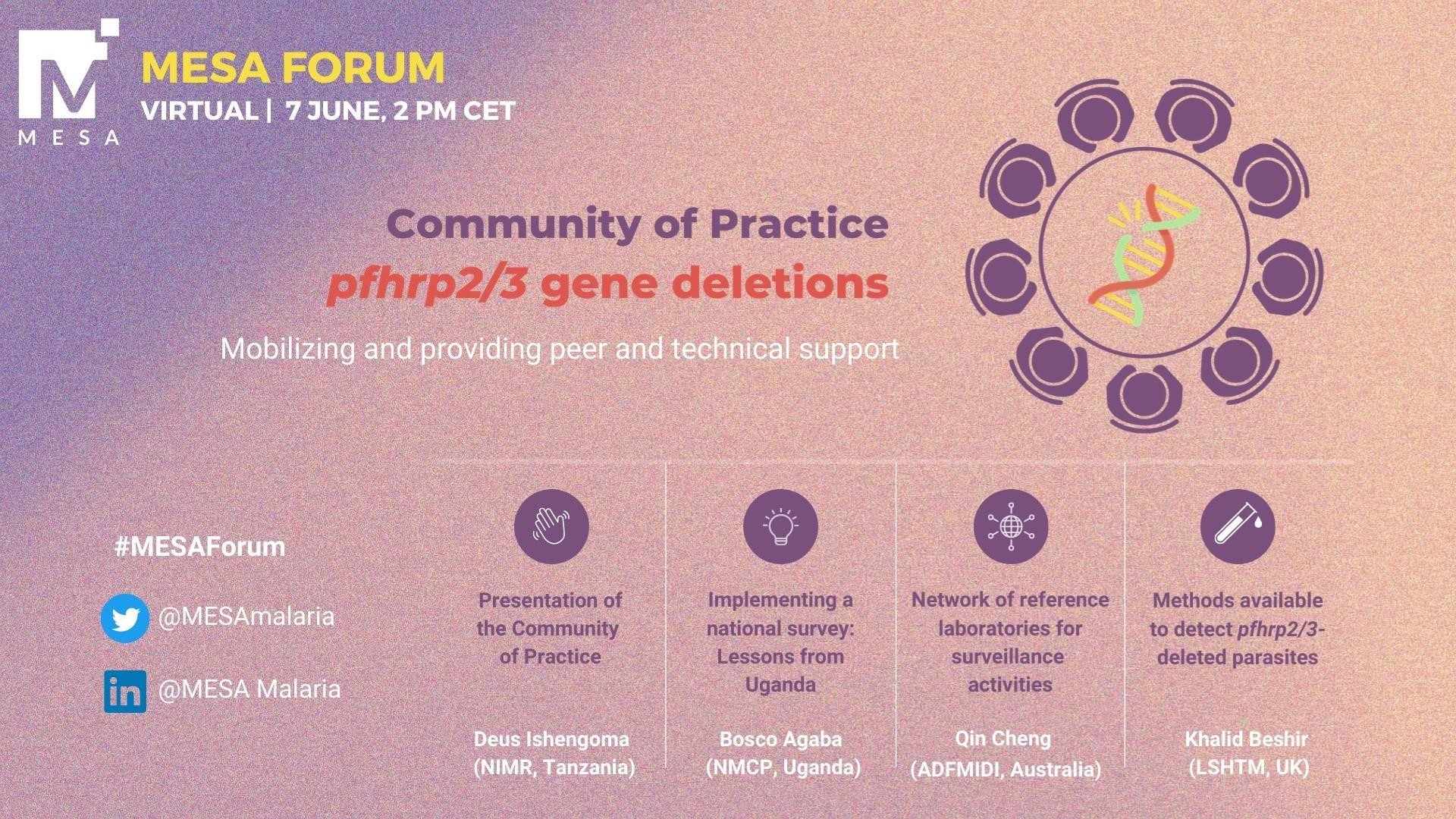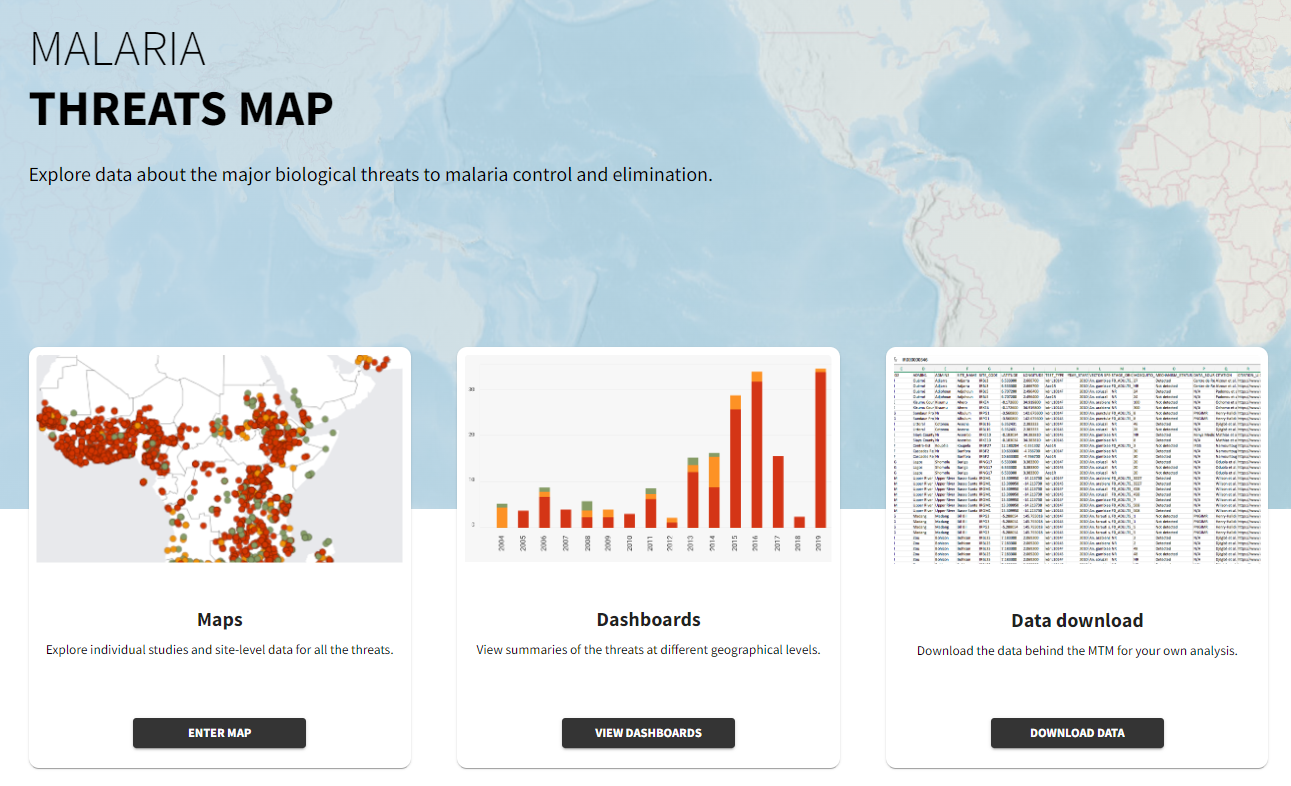Master protocol for surveillance of pfhrp2/3 deletions and biobanking to support future research, second edition
Published: 06/12/2024
Rapid diagnostic test (RDT) kits offer great potential for the immediate diagnosis of malaria infections. Rapid diagnosis allows for prompt treatment, especially in rural settings. Histidine rich protein 2 (HRP2) is an abundant protein expressed only by P. falciparum and is the target for the most commonly used RDTs. While HRP2 RDTs generally have the highest sensitivity of the RDTs for P. falciparum malaria, parasite strains in several countries have been identified that have deletions in the genes encoding HRP2 or the similar HRP3 protein.
The purpose of this document is to present updated standardized protocols that P. falciparum-endemic countries can use to determine the prevalence of parasites with pfhrp2/3 gene deletions causing negative HRP2 RDT results among symptomatic falciparum patients. The findings should be used to guide RDT selection; more specifically when to shift away from exclusive use of HRP2 to detect P. falciparum infections.
This version of the protocol includes a revised sampling approach and presents a study design using multiplex bead-based assay (MBA) instead of RDTs for identifying samples with negative or low for HRP2 but containing other plasmodium antigens. These revisions are reflected in both protocols: surveillance-only protocol and surveillance combined with biobanking for future research.
→ See also the “Surveillance template protocol for pfhrp2/pfhrp3 gene deletions, second edition“
→ See also the “Response plan to pfhrp2 gene deletions, second edition“
THEMES: Diagnostics | Genetics and Genomics | Surveillance



